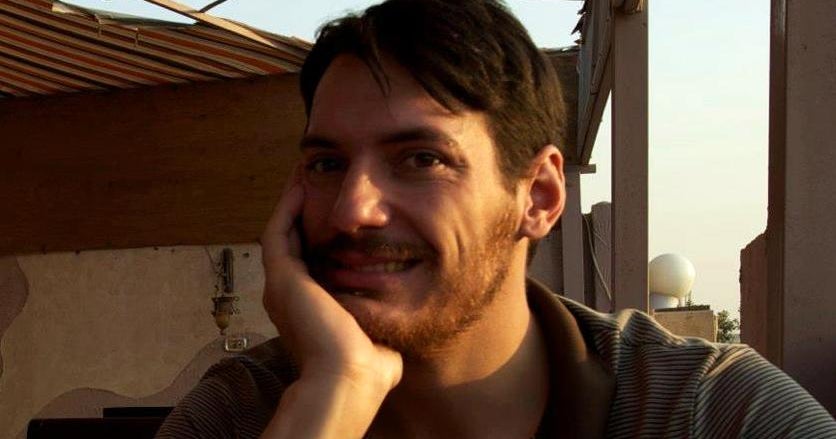Analysis reveals clues about Declaration of Independence copy found in U.K.
Harvard scholars discovered a copy of the Declaration of Independence two years ago in an unlikely place: a public records office in England. The document was then sent to the British Library for further tests, which have revealed a little more about its story.
It's become known as the Sussex Declaration after the English county where the Harvard researchers discovered it. The handwritten parchment is a word-for-word copy of the document written by the Founding Fathers right down to the signatories carefully copied out by a long-dead clerk, reports CBS News' Elizabeth Palmer.
Dr. Christina Duffy, an imaging scientist at the British Library, said it's "definitely real."
Clues are embedded in a corner of the document. They help answer questions about who made it, and why. You can see someone tried to erase the date, but with UV light, Duffy was able to bring the numbers back, at least partly.
"Our theory is it's Fourth of July 1780s or 1790s," Duffy said.
That means is was written a decade or two after the U.S. declared independence from Britain. Scholars think it was commissioned by James Wilson, a patriot and a judge who may have wanted his own copy to put on show.
"We also found some traces of iron around the corners of the document, around some tears, which suggest that it might have been pinned up with nails at some point, as a ceremonial piece of parchment," Duffy said.
There is one other ceremonial copy. It's kept at the National Archives in Washington, D.C.
Harvard researchers professor Danielle Allen and Emily Sneff went on a hunt to find every copy of the Declaration that's survived.
"Every copy of the Declaration of Independence has a different story, it has a different method of production, a different audience and a different -- you know -- piece in the history of this important document and the words of it that continue to inspire us," Sneff said.
The Sussex version arrived at the West Sussex archives unremarked in the 1950s in a batch of legal documents. It is not giving up at least some of its secrets, said archivist Wendy Walker.
"It was written in the States either probably in Philadelphia or New York. We know where it ended up in 1956 but what we need to find out is what happened in between. And that's the research that's still ongoing," Walker said.
While it does, the Sussex Declaration will be refiled carefully back on the shelves where it sat for so long, unnoticed.



